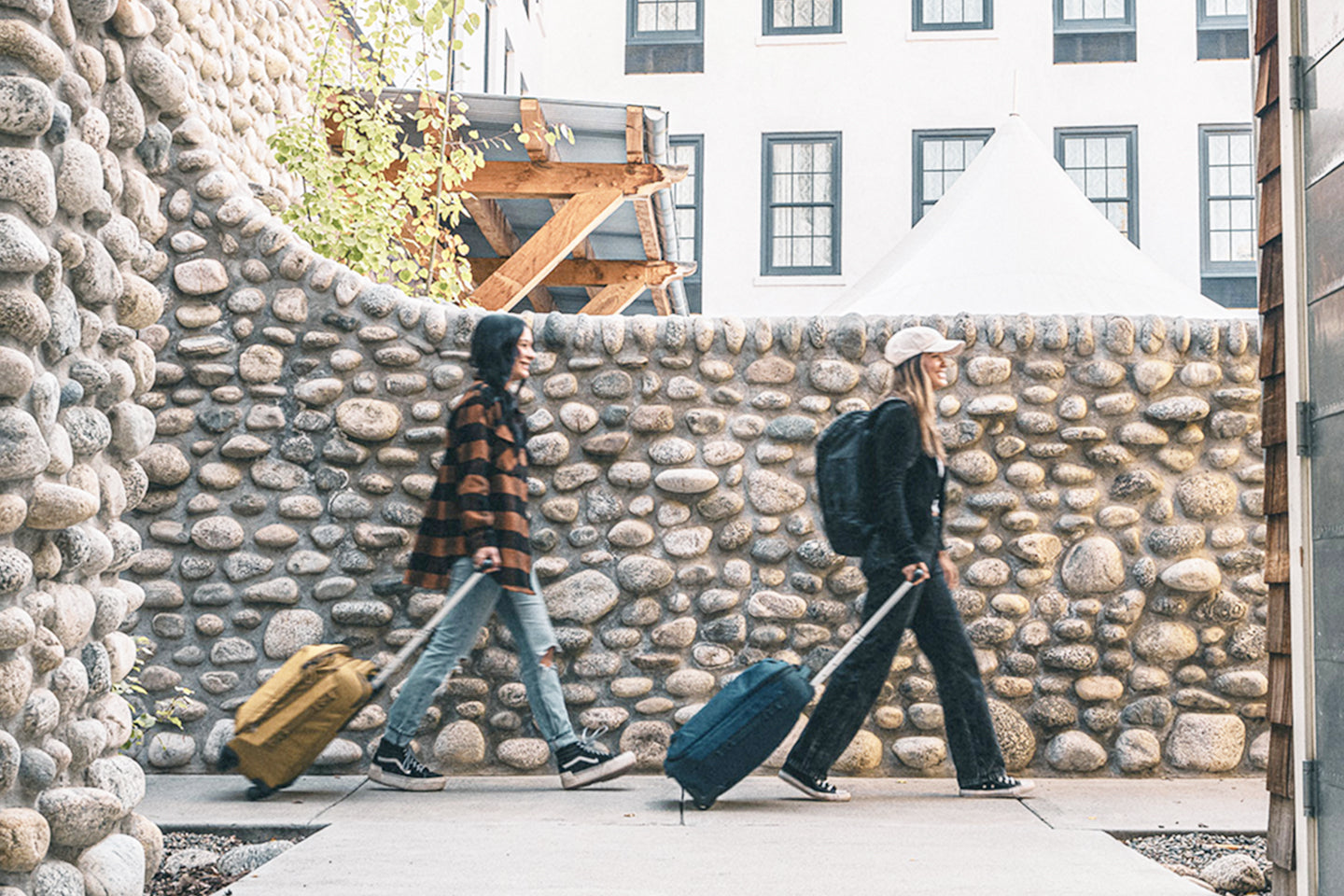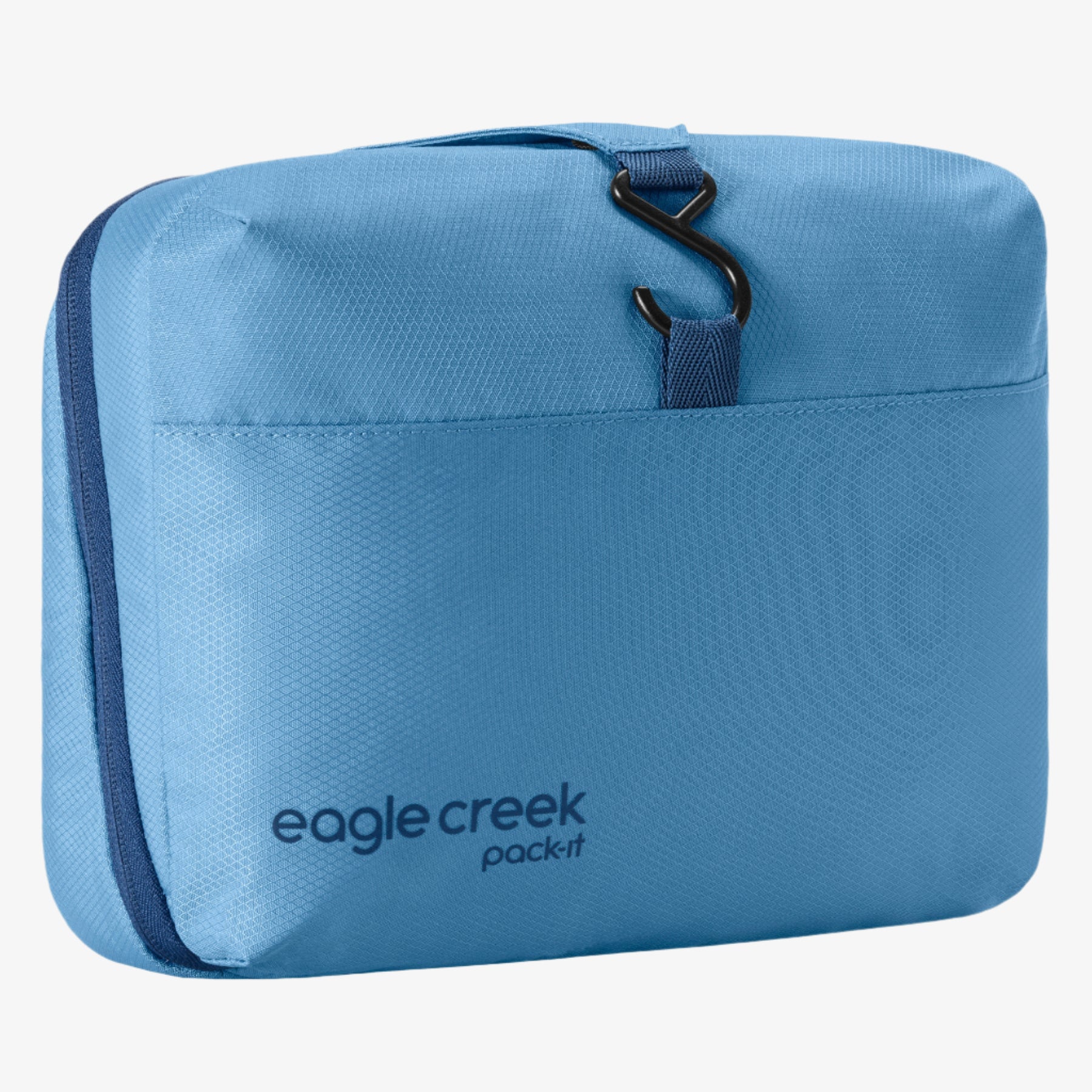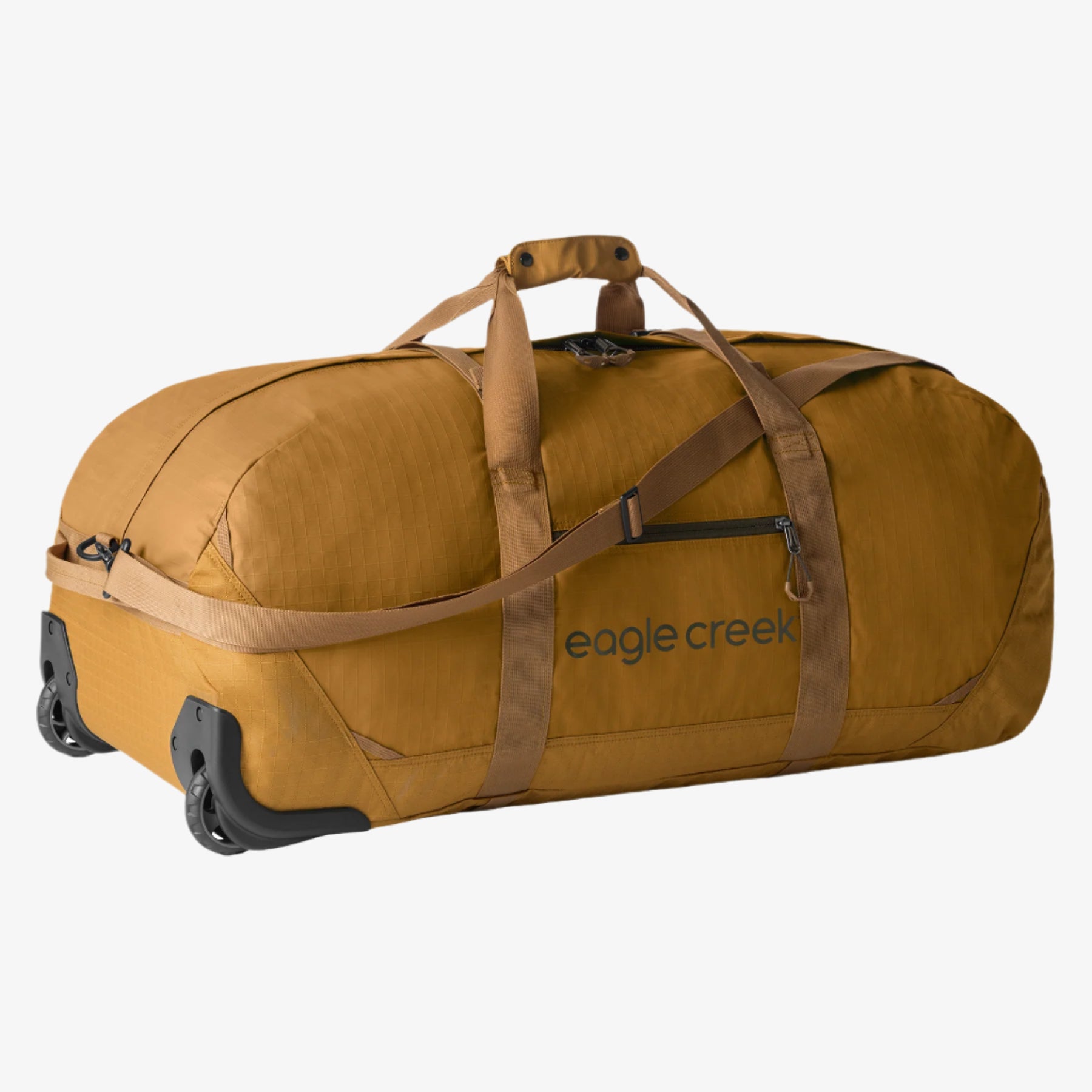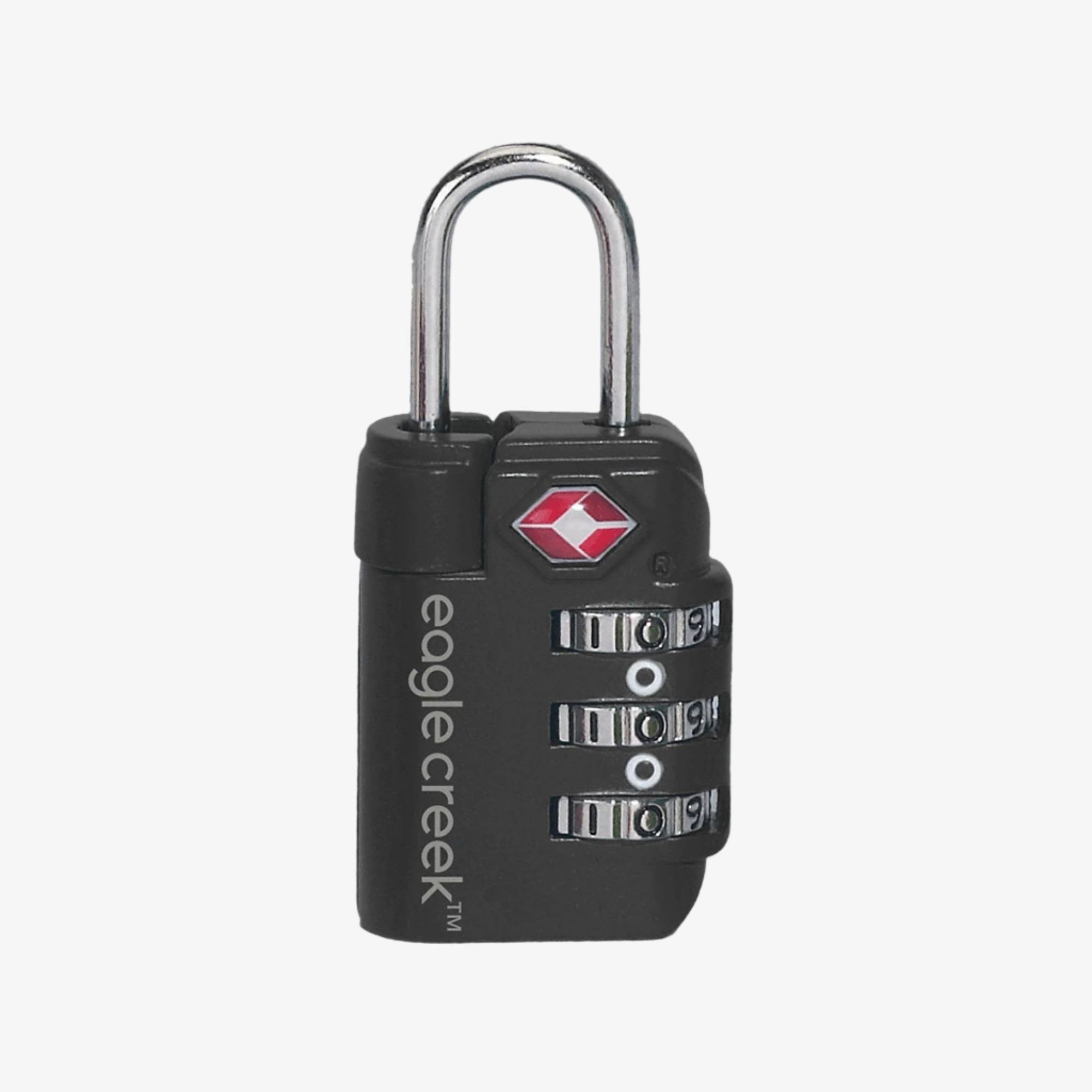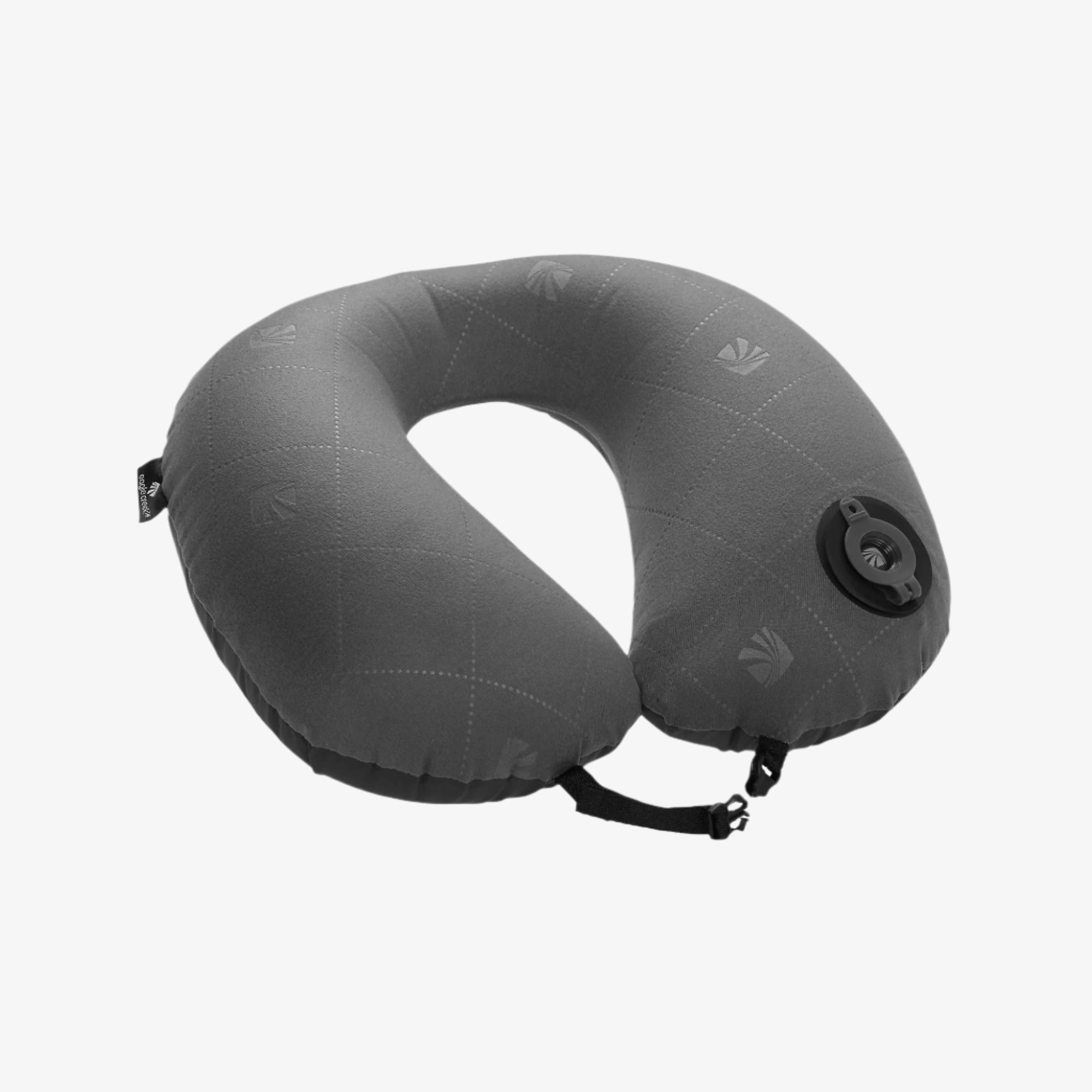Fly Fishing 101: How To Plan Your First Fly Fishing
Fly fishing is easier than you’d think. Get all the basics on how to start your new fly fishing hobby here.
Fly fishing can seem daunting for beginners but learning is actually surprisingly easy. The sport comes with piles of books and information to digest, but the fundamental techniques, gear, and flies are all well within reach for those wanting to get started. It’s a lifetime sport and you can always learn more and chase different species while developing your skills. Here are few tips to get you started on your fly fishing journey.
Get Your Gear in Order
Before doing anything, it’s important to get your gear together and learn the functions for each item. You’ll need a rod, reel, and fly line with a leader attached. Several companies sell affordable kits as a complete fly fishing setup for beginners, which is a huge timesaver, and ensures you’ve got exactly what you need to get going. You’ll also need clippers, forceps to remove hooks, floatant for dry flies, and split shot for extra weight. Many anglers also use strike indicators so pick up a few for nymph fishing and fill a fly box full of basic flies. You’ll need to consult with a local expert for this part to determine the best flies for your target species and the region you’re fishing in. General streamer patterns like wooly buggers and clouser minnows will catch anything, but you might also want nymphs, dry flies, and even poppers for bass and panfish.
After assembling your setup, store everything in a vest or backpack to take on the water. Use cubes to separate your rain jacket and clothing from fly boxes and accessories. If you live in a place with inclement weather, keep a duffel with dry clothes and extra layers in the car. It helps to have the right clothing ready for any outdoor activity.
Going beyond the basic gear you need to go fly fishing, boots and waders are a huge asset for cold water rivers. They make it possible to access more water without freezing or being very uncomfortable. For your first few outings aim to keep it simple—shorts and sandals are just fine for summer wet wading, then build up to expanding your gear once you get a little more experience.
Practice at Home
This step is crucial and many new anglers fail because they go from the couch straight to the river. Learning to cast and tie knots ahead of your first fishing experience reduces frustrations and makes for a better overall experience and outcome. Find a few good videos about casting and practice without a hook attached. You can cast in a park or your own yard. An open, grassy area is ideal for practice. Learn to pick up and lay down the line, false cast, and to control the line with your free hand. Add a few hours of basic knot practice to learn the surgeon’s knot and clinch knots and you’re ready to fish.
Choose a Location and Go Fishing
Fly fishing isn’t exclusive to the west, just about every location will have a local opportunity. Find a public pond, lake or river that’s convenient and just go for it. You can catch panfish, bass, pike, trout, and just about anything that swims on a fly rod. Experiment with different flies and invest some time learning about the local species and the food sources. You won’t catch fish on every outing but with some practice, you'll eventually begin catching fish with some consistency. It never hurts to hire a local guide, join a club, or take a class to beat the learning curve either.
Fly fishing is a great way to interact with aquatic ecosystems while learning a new craft. It’s a lifelong sport that can entertain you at home or take you around the world to exotic destinations. Before long you’ll be camping out, fishing from rafts, and enjoying water in new ways. Get your gear, learn the basics and go explore.
Looking for a great location to start fly fishing? Discover some of the best fly fishing destinations around the country with our guide.






